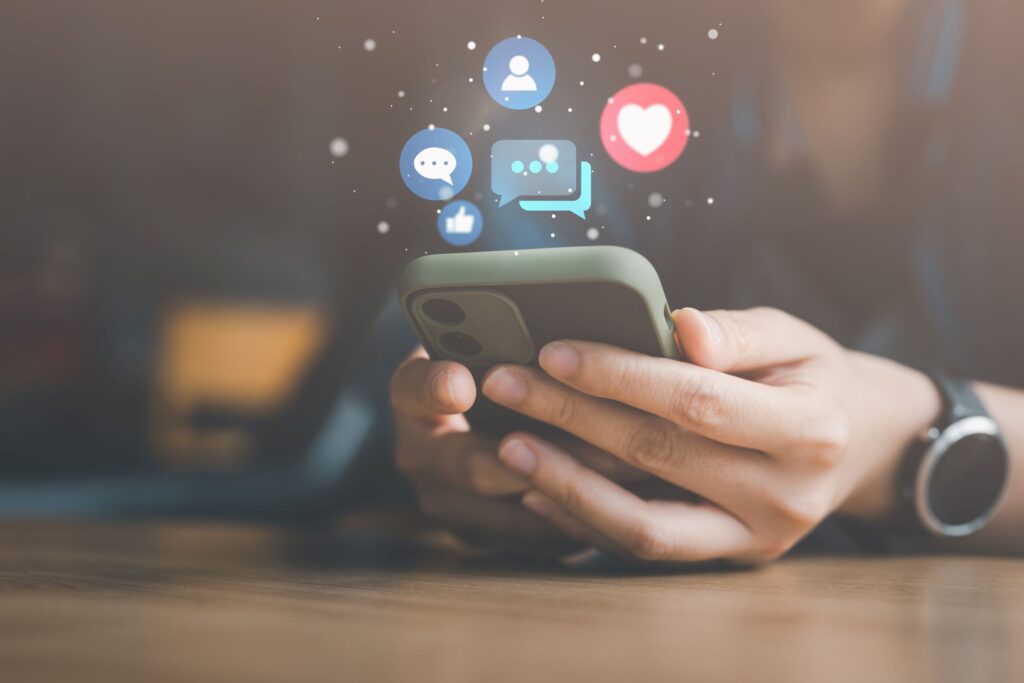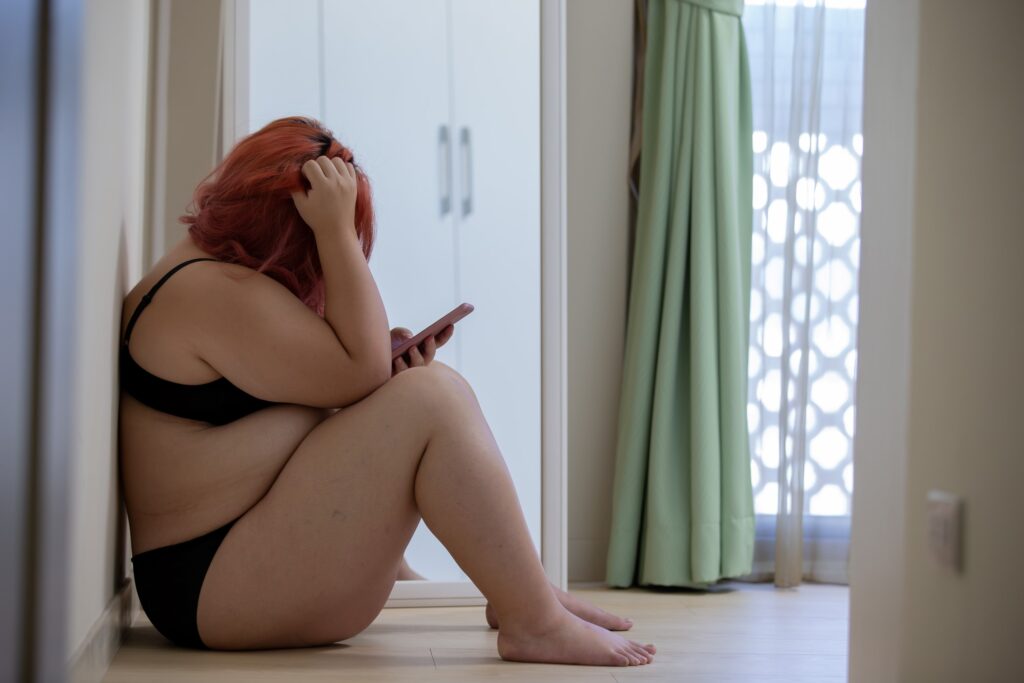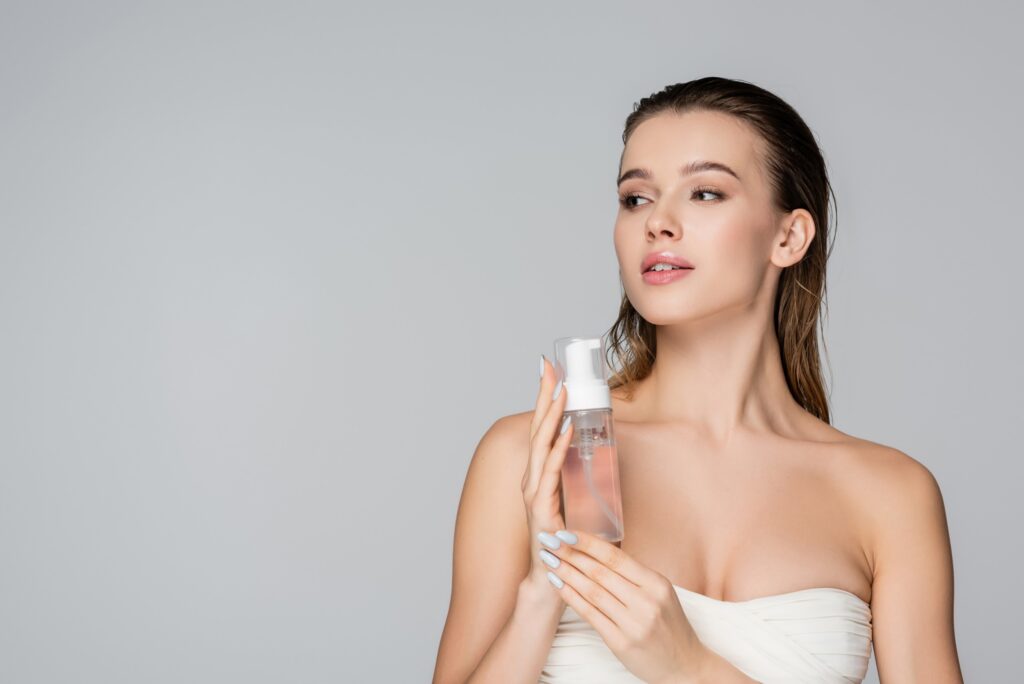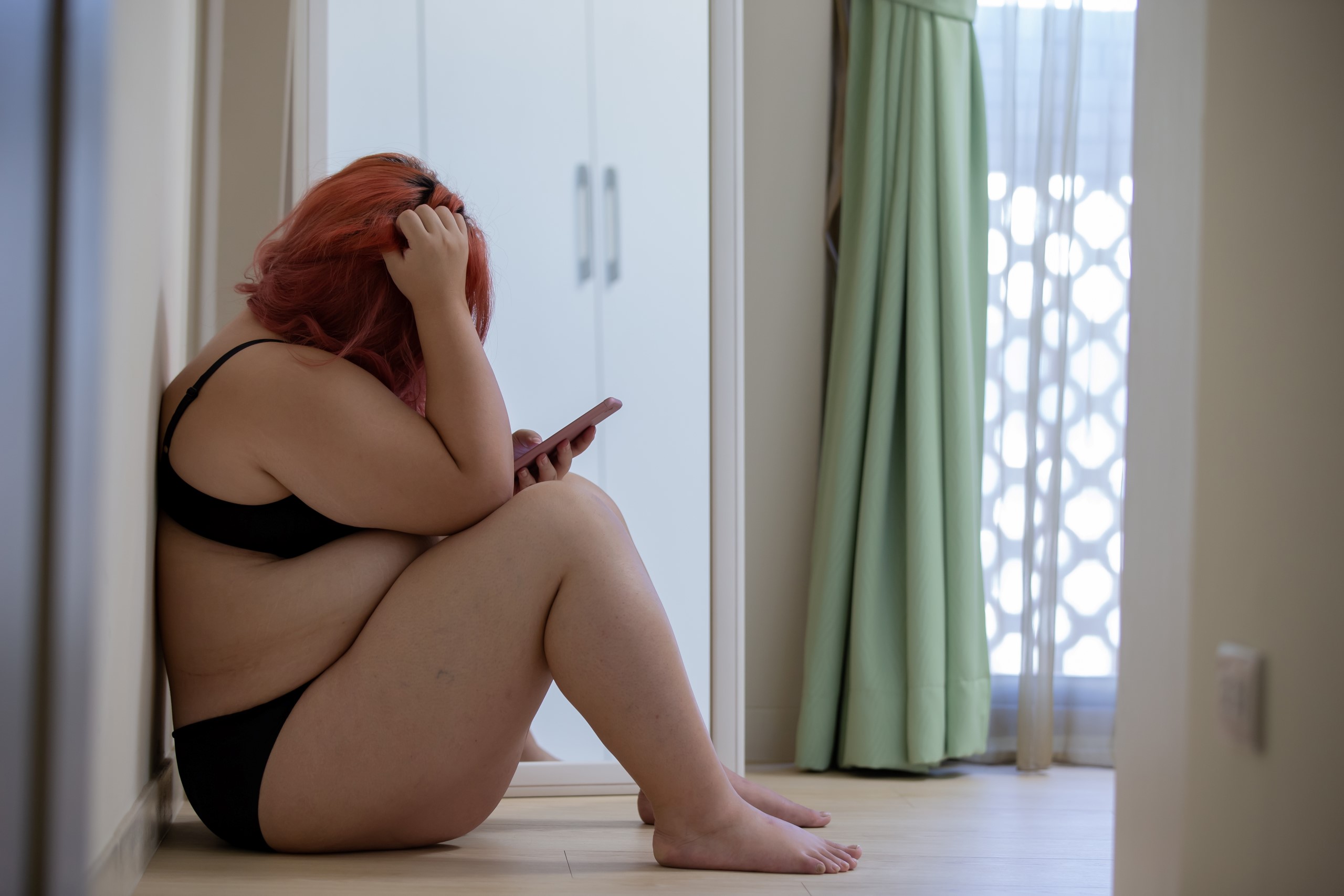Negative body image triggers are seemingly inescapable. Beautiful bodies that are sculpted to perfection invade our smartphones, TV screens, magazines and more every hour of every day. This can leave many of us feeling oversized, inadequate and unhappy in our own skin.
There are, however, some simple changes we can make to fight back and develop a more positive body image. Starting with a simple 4-step process to detox the negative body image triggers in our lives.
Step one – find the sources of your negative body image triggers
The first phase is to identify any triggers of negative body image thoughts.
What do you see, watch or read that leaves you wishing you were slimmer, curvier or more muscular? We are all unique and the triggers can be different for each one of us. There are, however, examples that tend to be common to most, chiefly:
- Social media
- Lifestyle, fitness and celebrity-related websites (or magazines if you are a bit old school!)
- Television and movies

Take some time to figure out what your triggers might be. Find the sources of negative body image thoughts that end up leaving you feeling bad about your appearance.
Step two – ask yourself who? and why?
The next step is to consider who you follow whether that be on social media, TV, in magazines or on websites. Then ask yourself one simple question: is this good for me?
When we follow our close friends or family, we know about their lives – warts and all. We are often better able to accept that the body image they present is not a true representation of reality. Or we understand exactly what it took to achieve it like hours in the gym, a radical change to their lifestyle or diet, or the God-given blessing of fabulous family genes.
Is this real life? Is this just fantasy?
In contrast, we rarely know the reality of the ‘friends of friends’ or superstar celebs we typically follow on social media. How much gym time and personal sacrifice did it take to get that body? Does their star lifestyle mean they can fit in 4-hour gym sessions 5-times a week while a team of nannies look after their kids? Did plastic surgery or cosmetic procedures create that bone structure and shapely form?
A 2016 study of female Facebook users highlighted the difference between close friends and ‘friends of friends’. It found that the strongest negative body image concerns came from comparisons to distant peers (friends of friends) and celebrities. As opposed to close friends and family which ranked lower.

It takes a very secure person to see the latest celebrity post on Instagram or magazine cover star and not compare and contrast their body versus mine; their immaculate complexion and my blotchy skin; their chiselled abs and my flabby gut.
For everyone bar the people we know the most, the body image they portray is often far from reality in its nature and attainability. Irrespective of whether that is on Instagram, in the pages of a fashion magazine or on the red carpet.
“People on Instagram forget that you’re showing them what you want them to see.” Chrissy Teigen, model and TV presenter.
Why do we follow them?
From Hollywood celebs to the latest Instagram fitness guru, we need to ask ourselves the honest question: why?
If we are consuming their content because we are genuinely interested then that is great. Crack on and follow them to your heart’s content. But if it is causing us harm, particularly in terms of negative body image, we need to be honest with ourselves and ask what are we getting from it?

Am I following this fitness trainer on Instagram because their athletic physique inspires me to push on with my own healthy living drive? Or does it leave me feeling angry that I do not look like that?
Did I subscribe to Women’s Health for the latest tips on healthy eating but now it just serves to remind me how overweight I have become? Is it interesting to read Hello magazine to see how the rich and famous live or simply depressing to see their bikini-clad bodies on a Caribbean beach?
We have to accept that though it seems like a deliberate act of self-harm, we can all be guilty of setting ourselves up for body image failure in this way. The horrible irony is that we do not actually have to do it.
Step three – take a break from negative body image triggers
Though your FOMO (fear of missing out) will end up off the chart for a while, longer term we could all benefit from taking a break from negative body image triggers.
Consider taking a time-out from social media to free you from all those daily body image comparisons. If going cold turkey seems a step too far, try limiting your use of social media.
There are loads of apps like Offtime, Moment, Flipd and Space that can help you control the amount of time you spend on social media via your smartphone.
Similarly, think about cancelling that subscription to Men’s Health. Ditch the Closer magazine app on your phone and give serious thought to the merits of watching the new series of America’s Top Model.
Step four – ‘find and replace’ negative body image triggers
In our interconnected, always online world it can be difficult to switch off or limit your exposure to negative body image influences. For example, ditching social media altogether might mean you miss out on updates from close friends and family that bring joy and happiness.
As an alternative, contemplate changing who and why you follow people on social media and the websites, magazines and TV you consume. In effect, try to ‘find and replace’ the negative body image triggers in your life.

Swap the body beautiful, Instagram fitness stars for some of the growing band of body positive influencers. Check out Ashley Graham, Kelvin Davis, Clémentine Desseaux, Zach Miko, Jessamyn Stanley or Charli Howard.
Exchange the sources of negative body image influences for ones that do not focus on the body at all. Take a more holistic approach to your sense of self. Celebrate the person as a whole and not just limbs and skin by focusing on personal development, self-care and body positivity in all its forms.
Learn new skills, practice meditation or yoga, and generally embrace the advantages of your particular body type. You are more beautiful than you think.
Triggers for negative body image thoughts are all around us in the modern world. But it is possible to reduce their impact and help us all develop a healthier, happier body image.
Need someone to talk to about body image issues?
Body image and how we perceive ourselves, in general, can be challenging. Often speaking to a loved one or friend is not enough to overcome the issues we face or to find someone who truly understands what you are going through. Speaking to a counsellor can help you understand the problems you face and decide how to move forward positively.
Find out more about our counselling services for individuals, couples and families on freephone 0808 802 2088 during opening hours.

